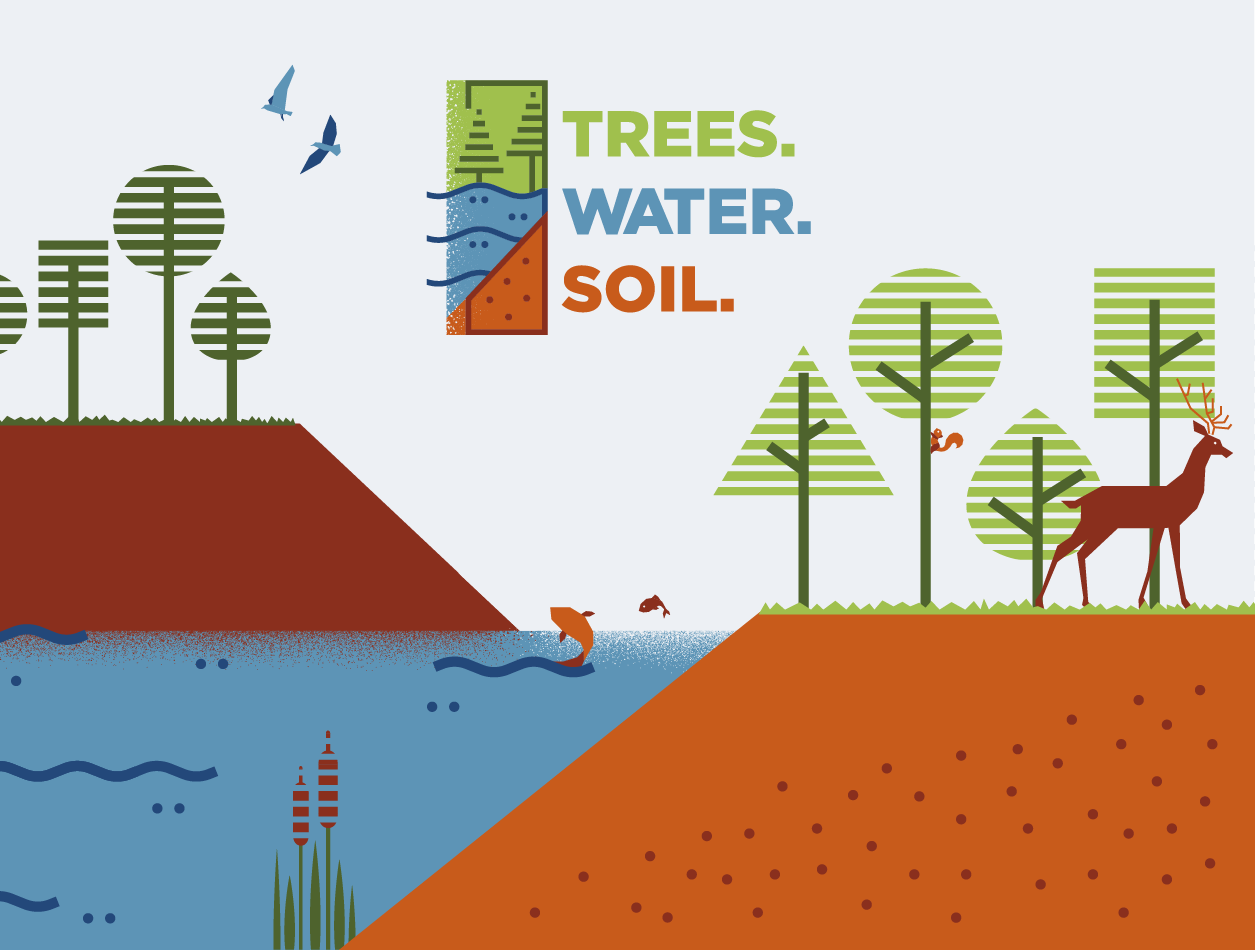Conserving a Way of Life: John Reed
Keeping healthy land management in the family.
When The Nature Conservancy helped John Reed buy more land for his purebred Angus cattle operation, it fulfilled one of the rancher’s long-time dreams.
A North Dakota native who now makes his home in the Brooten area of Minnesota, John earned his master’s degree in animal science. He runs the business with his son Jake, who has a doctorate in ruminant nutrition.
John started out by acquiring land and raising cattle. He wanted to grow his herd and business so Jake could join him, but he confronted an obstacle that ranchers often face: cows need a lot of space. It’s difficult to find good pastureland for sale.
“A lot of land has been plowed under. A lot of land went to corn that never should have been planted,” he says.
Even when land is available, it’s often beyond the budget of even an established rancher. A cattle operation can’t always produce enough revenue to recover the cost of the land. Ranchers can rent land, but renting has its drawbacks too. Rental agreements are subject to renewal every few years, so a renter might lose the land if the landowner decides to lease to someone else. It can be difficult to build a herd without the certainty that you’ll have enough land to maintain it.


Nature's Solutions to Ranching Challenges
John was renting ranchland about 60 miles from his home and ranch. He was stuck: he wanted to expand the business so that it was large enough for Jake to run cattle too, but he didn’t feel comfortable renting more land and what land is available for sale is expensive.
In time, a nearby property came up for sale—valuable property with native grassland and a creek. It was reasonably priced, but it was still too expensive for a cattle-only operation. But John knew that this land could be the perfect addition to his ranch, and he found a solution: a conservation easement.
Quote: John Reed

Knowing it’s there and part of the ranch, knowing we can use it forever without worrying about renting—it allows us to expand.
Conservation easements are legal agreements that landowners enter into with public entities or land trusts. They prohibit certain land uses, such as development, while allowing the land to be used for agricultural or other purposes. The income from selling an easement on their land allows farmers, ranchers, and other landowners to keep the land and maintain their property rights. For John, having pastureland for his herd nearby saved him time and money, and it reduced his environmental footprint because he no longer had to travel a long way to reach his property.
With help from The Nature Conservancy, he was able to acquire the new property in part by placing a conservation easement on the land, which is now administered by the U.S. Fish and Wildlife Service. The easement for which he was paid a portion of the value of the land, ensures that the property will remain a working grassland. The Reeds’ land, which is used for cattle grazing, has been added to the Northern Tallgrass Prairie National Wildlife Refuge.
Conserving and Building a Family Legacy
A lot changed for John because of the easement. “Knowing it’s there and part of the ranch, knowing we can use it forever without worrying about renting—it allows us to expand.”
John understands that overgrazing can promote erosion, which damages the land and water. His land has loamy sand and shallow topsoil, so it can be susceptible to wind erosion if it is not managed correctly. However, the right amount of grazing can keep the land healthy. It prevents plants from becoming root bound, and cows’ presence on the land works the soil in helpful ways. John also understands the value of native prairie plants, including when they should be grazed and when they need time to recover.
To give their land the opportunity to rest and recover, the Reeds maintain a complex fencing system that protects the land from overgrazing, keeps the creek bed from being damaged by cattle, and keeps runoff out of the creek. Over the years, John has been able to add 50 head of cattle to his business. He’s also added fencing and water lines.
Quote: John Reed

There’s beauty in native grassland, and in the summer it comes alive with wildflowers including goldenrod and lady slippers. Wildlife is abundant too...
When John acquired the new property, a number of invasive plant species with poor value for wildlife were growing on it, including cedar, alfalfa, and brome. Native grasses provide better nutrition for cattle and are more tolerant of droughts. By restoring the land to native species, the Reeds can keep their feed costs down. In addition, the land has more value for wildlife.
“The land is beautiful,” John says. “There’s beauty in native grassland, and in the summer it comes alive with wildflowers including goldenrod and lady slippers. Wildlife is abundant too, especially grassland birds.” For him and his family, a conservation easement was the key to maintaining his successful livelihood and preserving this piece of grassland forever. Minnesota benefits too—grasslands protect water quality and keep carbon in the ground.
Want More Stories?
Get new stories and timely action alerts so you can speak for our trees, water and soil.
Sign up




